
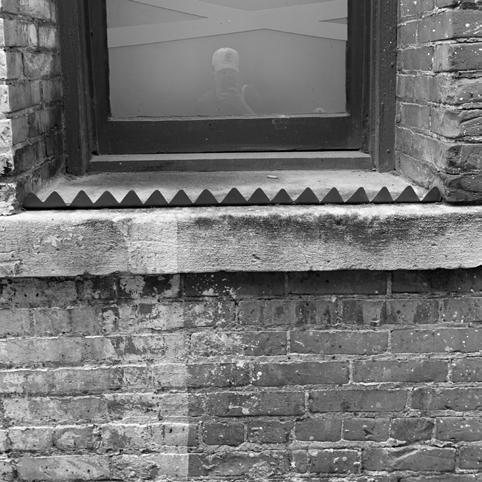
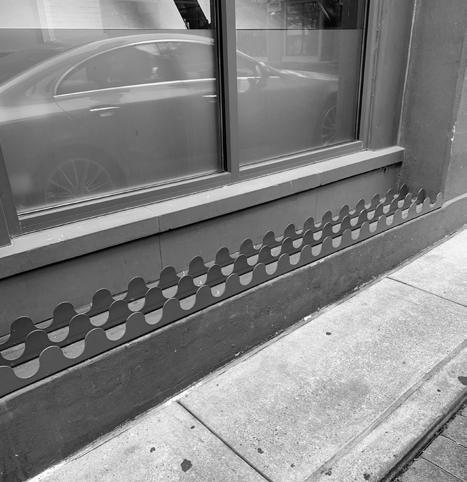
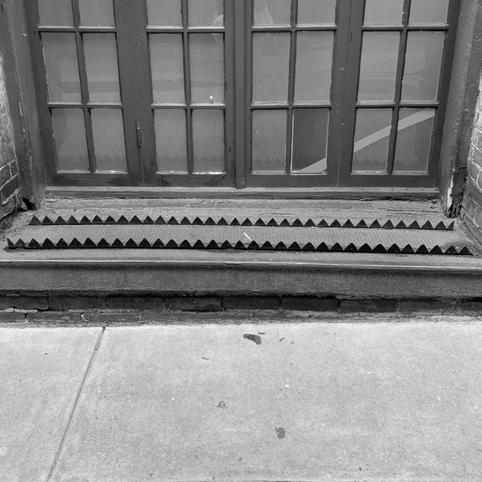





Tactical urbanism is a city-building approach that uses small-scale, low-cost, and often temporary interventions to improve urban spaces. Common examples include pop-up bike lanes, temporary crosswalks, parklets, and street art installations. These projects are designed to be quickly implemented and easily reversed, making them a practical way to test ideas before committing to permanent infrastructure changes.
While tactical urbanism is sometimes supported by local governments, it often emerges from grassroots initiatives led by citizens, artists, and advocacy groups. In many cases, it intentionally challenges or bypasses traditional planning processes and local authority structures. By occupying public space without formal approval, these interventions can highlight bureaucratic inaction, draw attention to neglected issues like pedestrian safety or lack of green space, and push municipalities to reconsider outdated urban policies. In this way, tactical urbanism can act as a form of civic activism, using direct action to provoke dialogue and demand change in how cities are designed and governed.
The goal of these tactics is so alleviate problems unhoused people face in our built enviroments (ie. “Hostile architecture”) and to challenge the bureaucratic chokehold on urban development.
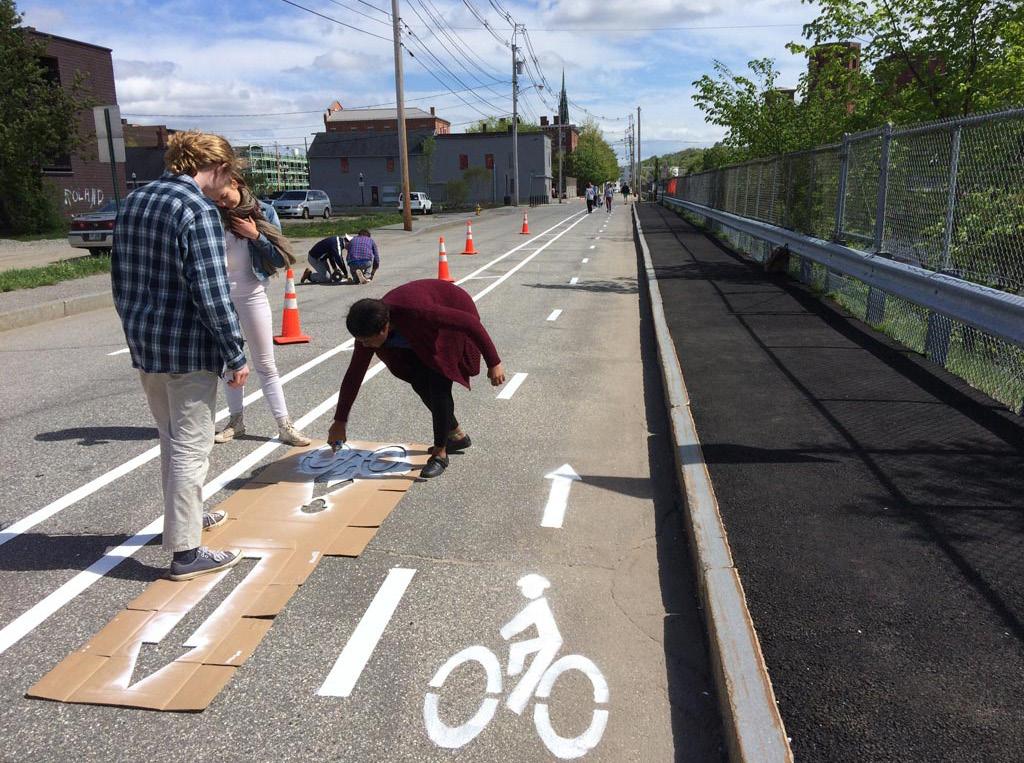

A PARKING SPACE IS REPLACED WITH A LARGE SCALE CHESS GAME IN BOSTON, MA.


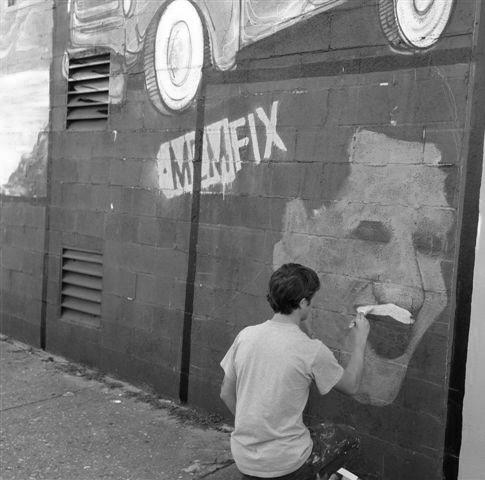
Memphis does have a history of tactical urbanism interventions. One of the most prominent organizations in the area is MEMfix of BLDG Memphis’ Community Navigator Pilot Program. Although the program was originally adopted as initiative of the Mayor’s Innovation Delivery Team.
Their website’s statement reads,
“MEMFix is a community-led revitalization effort in Memphis, Tennessee. It is a temporary showcase of what a dynamic, walkable neighborhood could look like with pop-up shops, activated storefronts, vibrant public spaces, bicycle and pedestrian-friendly streets, and engaging activities for visitors.”
MemFix has been active for over 6 years and have completed small scale projects and organized events all over the city. The welcome volunteers - especially community actitvists such ourselves and encourages input from the people and business owners that live in the communities that potential projects will impact.
“BLDG Memphis hosts MEMFix. BLDG Memphis is a coalition of organizations and individuals who support the equitable redevelopment of healthy, vibrant, attractive, and economically sustainable neighborhoods throughout Memphis. At the core, BLDG Memphis is a membership organization specifically designed to support community development corporations (CDCs) as they invest in and drive further investment into disinvested neighborhoods.
BLDG Memphis has robust programming that assesses CDC member capacity, provides workshops and consultations (using staff and external experts), and convenes peer learning sessions – all designed to increase CDC capacity. BLDG Memphis offers seven types of programming – Technical Assistance for members, Trainings/Workshops, Capacity Assessment Tool (CAT), Leadership Capacity-building Scholarships, New City Builders, Civic Forums, and convening collaborative tables. BLDG Memphis drives investments in Memphis neighborhoods through building capacity in members, public policy, and civic engagement.
There were seven MEMFix projects slated for 2023 in the neighborhoods of Alcy Ball, Frayser, Whitehaven, The Heights, Orange Mound, Klondike Smokey City, and South City. Each of these projects will be spearheaded by Community Development Corporations (CDCs) that are invested in those neighborhoods.



Any tactical urbanism project begins with the site, and what to make of it. As a group, we must locate areas in Memphis where realistic, small-scale interventions can be constructed to help the community (with an emphasis on those most disadvantaged in the community or who is likely to benefit the most from or use the spaces we create.
Once a site is selected for a tactical intervention there are 3 basic elements in order to construct a sucessful D.I.Y. project. They are materials, tools, and labor.
As a collective we will pool our resources and try to work within our limitations to reduce spending and material waste.
The following page outlines how a project will flow chronologically. However, there are no set “rules” to tactical urbanism, and conditions will vary depending on the size, scope, and type of project proposed.
It is important to approach these projects with caution and nuance.
The project must flow like any large scale development, and can be broken down into 5 (not so) simple steps...
1 Site Selection / Type of Project
The first step of a D.I.Y. project is site selection. It is important to consider the user groups, local community, legal limitations, and enviromental impact our intervention will have on the site.
2 Project Design
The design process can start out a collaborative effort which might be individual design charets or group brainstorming. Once a design is finalized we will collectively choose a project manager to create any necessary construction documents and propose necessary changes to help the project come to fruition.
3 Inventory / Gathering of Resources
The next step is to create an inventory of available materials and tools as well as any materials or tools to be bought for the project
4 Coordinating / Scheduling
Any endevour requires some degree of coordinating and scheduling, this step should yield a detailed schedule with a list of participants. (it should be noted that these projects are small-scale interventions and should be feasibly constructed within 1 or 2 days.
5 Construction / Creating
Once we have the site, design, labor and materials, and detailed schedule, it’s time to build the damn thing! Safety is priorty - no project should involve unecessary risks to the people constructing them or using them.


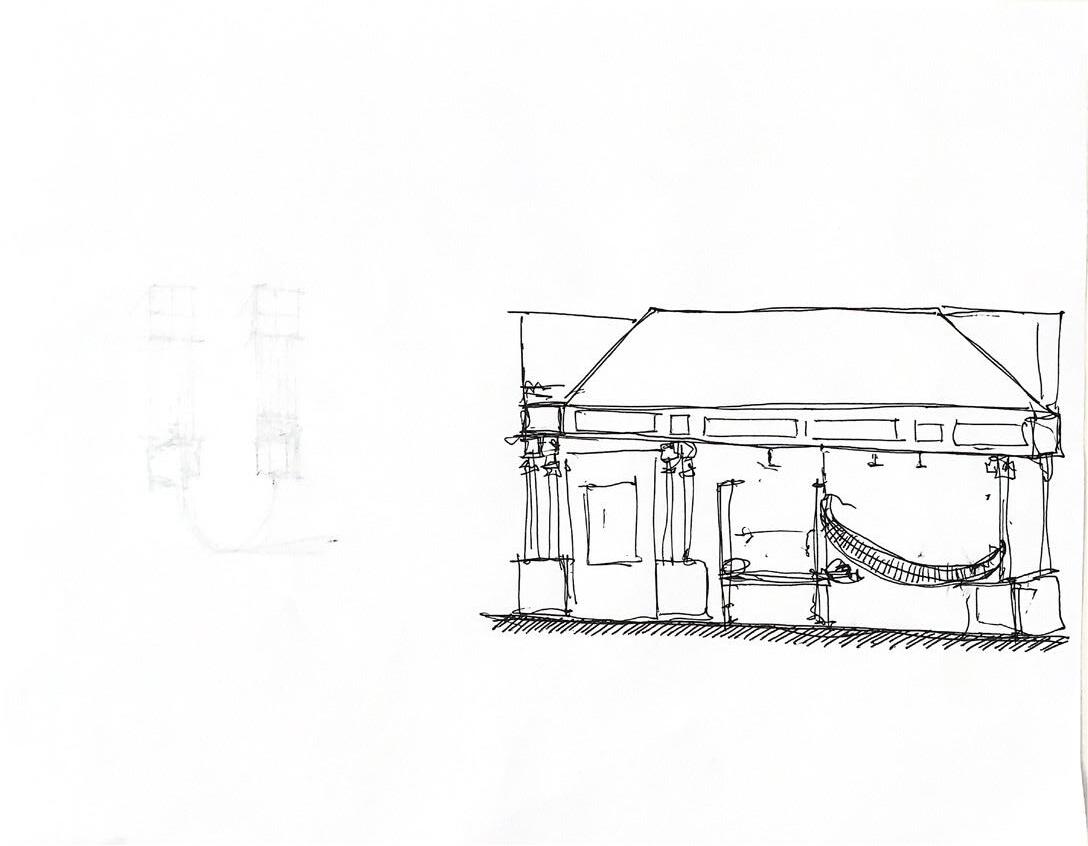
Here are three examples of D.I.Y. projects with varying degrees of intensity. From least intense to most intense - they are as followed.
1. Group trash pick up and wild flower seed spreading
2. Building a picnic table to be installed at Court Square for Food Not Bombs picnics.
3. Making hammocks to be hung at downtown trolley stops.
“Tactical Urbanism enables people to not only envision change but to help create it.” “Tactical Urbanism is pure American know-how. It is the common sense that housed, fed, and prospered an entire continent of penniless immigrants”
- Mike Lydon, Planner, Writer, Speaker, Adovocate

Before a project can take place, there needs to be some work done amongst ourselves. We will need a list of everyone with relevant experience, materials, tools (or access to tools), or just brilliant ideas.
It is also possible that I completely missed a local organization that is already working on similiar projects. We should consider if it is a viable option to reach to them. If so, what should our “script” say.
I understand this outline is broad. This document lays the foundation to create a plan, but cannot function as plan in of itself. If this is something the mutual aid committee would like to forward with, then the next step is to schedule a meeting to define a project and its goals.